We would like to share with you the latest information regarding the recent detentions in the US Ports due to condition of the immersion suits by the USCG.
During a recent inspections, USCG and Marshall Islands Safety Inspectors have revealed a significant number of unsuitable for use.
The examiners noted several issues such as unsealed seams, defective zipper, immersion suits found in bad condition. Such failures will prevent the suit from achieving a water-tightness and their poor conditions will present serious risk to crewmembers in a survival situation.
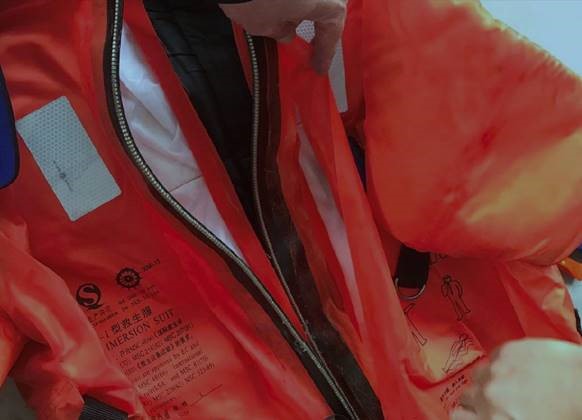
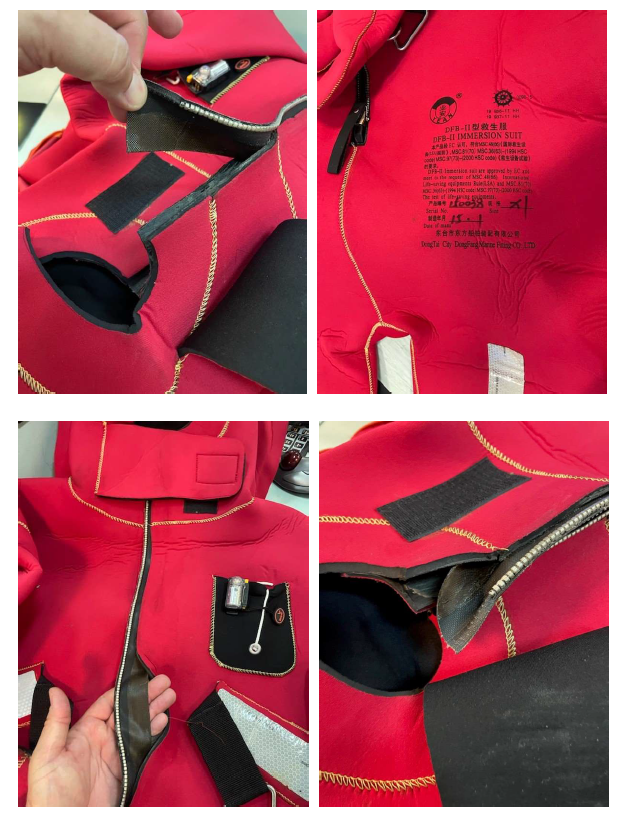
According to RMI MSA 2019-18 which renewed on 1 July 2020 on immersion suits, in a recent case aboard a Republic of the Marshall Islands-flagged vessel, the damage to the zipper closures on multiple immersion suits was apparently the direct result of the crew’s efforts to maintain them. Their application of petroleum jelly was intended to lubricate the zipper closures. Instead, it appears that the product caused the material to breakdown and resulted in the inability to use the zippers. It is very important to follow the manufacturer’s instructions for maintaining immersion suits, including use of the correct zipper lubricant.
In light of the above we would like to remind you that all the immersions suits should be in intact condition and ready for their immediate use first and above all for your own Safety.
All the immersion suits must be stored in readily accessible and clearly marked locations. The conditions inside storage facilities must ensure that suits are maintained in good condition and crew must be familiar with the location(s) of the suits and the methods of donning them. Drill procedures and activities shall incorporate demonstrations and practice to ensure that all crew can safely use an immersion suit or anti-exposure suit immediately when required. Abandon ship drills are a good opportunity to examine and demonstrate the use of immersion suits, crew training during these drills should emphasize that immersion suits are intended primarily to ensure thermal protection in cases where the totally enclosed lifeboat cannot be embarked on.
Training manuals, muster lists and instructions for on-board maintenance must be updated as necessary.
The manufacturer’s inspection and maintenance recommendations must be followed to ensure that the condition of each immersion suit remains suitable for immediate use. In this respect all immersion suits on board should be in compliance with the requirements of SOLAS Regulations III/7.3, 22.4 and 32.3 and the LSA Code. IMO has issued with MSC/CIrc. 1114 Guidelines for Periodic Testing of Immersion Suit and Anti-exposure Suit Seams and Closures that shall be complied with.
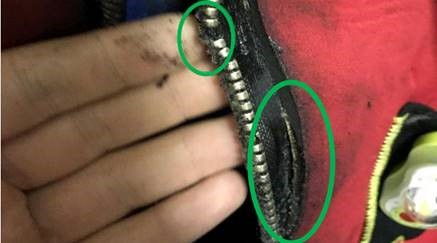
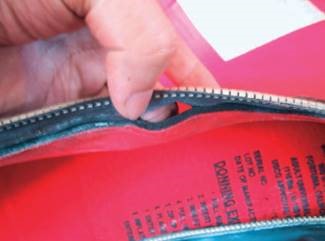
Herebelow you may also find some step that should be followed on monthly basis during your inspection in order to avoid the damage as per the above.
- Check closures on storage bag as well as general condition of bag for ease of removal of suit. Ensure donning instructions are legible. Confirm that suit is the type and size identified on the
bag. - Lay the suit on a clean, flat surface. Make sure the suit is dry inside and out. Visually check for damage. Rips, tears or punctures should be repaired in accordance with manufacturer’s instructions by a suitable repair station (which is one authorized by the suit manufacturer and acceptable to the Administration).
- Check the zipper by sliding it up and down to check for ease of operation. Using lubricant recommended by the manufacturer, lubricate the front and back of the zipper and the slide fastener. If the zipper is not functional, the suit should be removed from service and discarded or returned to the manufacturer or a suitable repair station.
- If fitted, check inflatable head support and/or buoyancy ring for damage and ensure that it is properly attached. Check inflation hose(s) for deterioration. At least quarterly, the head support/buoyancy ring should be inflated and tested for leaks (this test does not apply to integral inflatable lifejackets). Leaks should be repaired in accordance with manufacturers’ instructions by a suitable repair station.
- Check retro reflective tape for condition and adhesion. Replace if necessary.
- If fitted, check whistle and expiration date of light and battery
- Replace suits in the bag with zippers fully opened.
- The opportunity should be taken at such monthly inspections for the crew to practice donning the immersion suits or anti-exposure suits.
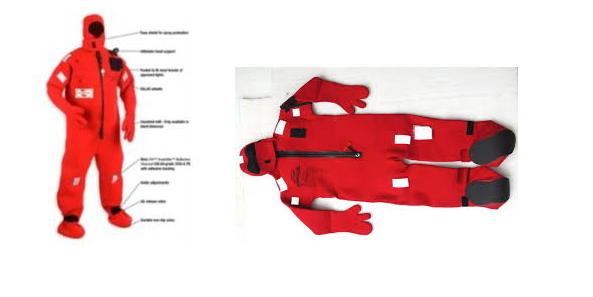
Any necessary repairs should be done by an approved service provider following the manufacturer’s recommendations. Also refer to the RMI Marine Notice 2-011-5, Life-Saving Appliances and Equipment.
Port State Control Officers worldwide have issued deficiencies, and even vessel detentions for damaged immersion suits.
Based on all above the Company has decided to run a respective Campaign on inspections, maitenance and demonstration of proper donning of immersion suits.
Kindly arrange that all immersion suits at each location are inpected, condition & maitenance applied is evaluated and demonstration of proper inspection, maitenance & donning is provided to all crew.
Relevant photographs of the training and inspections shall be uploaded in Benefit under the new Campain issued for July 2021 as per below example.

Source: HSQE Dept
